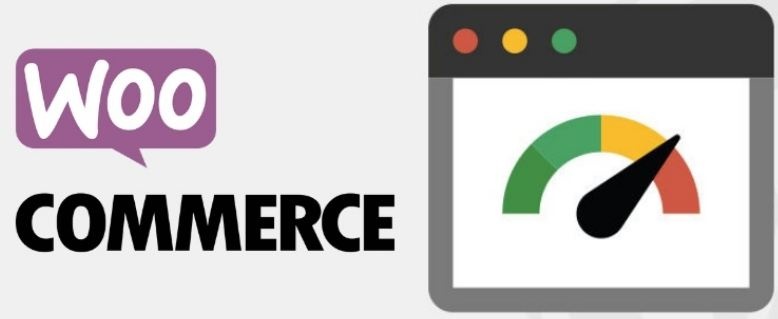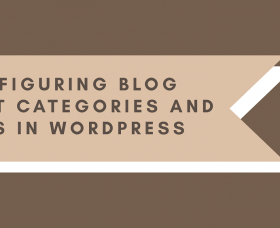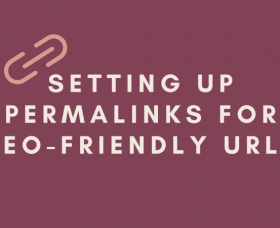5 Ways to optimize your Woocommerce Store’s Performance

Successful online stores tend to share many elements. They generally have great customer support, user-friendly designs, competitive prices, and tend to be super fast. Usually, slow-loading stores don't get as much patronage, so learning how to optimize the performance of your WooCommerce store is crucial.
If you are a user of WooCommerce, there is plenty of scope to enhance the performance of your store. In this article, we will explain why keeping your e-commerce site running smoothly is important, and we will teach you six ways to optimize your WooCommerce store for better performance.
Why Your WooCommerce Store’s Performance Is Vital
If we were to conduct a survey requesting the primary web pet peeves, we would wager that clickbait titles, intrusive popups, and slow-loading pages are near the top. Most visitors ' patience for slow websites is notoriously low. This means that the longer it takes for your pages to load, the greater the chance your users will choose to look elsewhere.
When it comes to e-commerce stores, your bottom line will be affected by traffic lost due to slow loading times. In 2012, Amazon estimated that they could cost as much as $1.6 billion a year for a single extra second in loading times. You probably aren't racking up similar sales every day, however, which makes every dollar more numerous.
5 ways to optimize your WooCommerce store performance
Of course, shops for WooCommerce are still websites for WordPress. Running a shop, however, is distinct from other niches. Having this in mind, let's look at shaving every single millisecond you can out of your charging times, focusing on your storefront e-commerce.
1. Compress and Resize your Product Images :
Images are a main element of any contemporary website, but for online stores they are even more essential. Customers have so many internet product purchasing possibilities, it's essential to leverage every edge. High quality shots (for instance) can assist you to distinguish yourself from other e-commerce locations:
Detailed product photography, however, implies large sizes of files. The general file size will also be bumped up by various pictures for each item. Because of this, it is essential to' compress' pictures of your product to decrease both file size and charging times, without affecting the quality of the front end. TinyPNG is a excellent answer to this:
2 . Clean up your Database Regularly :
As you may understand, a database will store your entire WordPress page. A normal WordPress website accumulates information, including post drafts, trashed websites, deleted posts and more, as time goes on. There are also product pages, tags, categories, among other information on WooCommerce locations.
Ultimately, this implies that your database may need to be cleaned more often than with other kinds of websites. Even though you shouldn't expect miracles, every method of optimization enables.
Fortunately, there are plugins to choose from for database optimization. WP-Optimize is a common option, which is very easy to use:
3 . Use a Content Delivery Network ( CDN ) :
The distance between your guests and your server is one of the variables determining how long your WooCommerce shop takes to load. The longer the distance, even over high-speed internet links, the longer your website will take to load.
Using a CDN is the best way to handle this problem. Store (or cache) copies of your website in information centers around the globe is what these facilities do. Then, if someone attempts to access your site, your CDN will, so to speak, redirect them to the nearest copy of it.
This strategy allows you to reduce overall charging times. However, this type of service is not frequently provided free of charge – although companies like Cloudflare offer limited free levels:
The free Cloudflare plan isn't as fast as other premium CDNs, although integration with WordPress and WooCommerce is simple, and a breeze to use (particularly with a host that integrates the service).
If you have a greater budget, the premium plans of Cloudflare include integrated picture optimization as well. This implies that they are particularly well-suited with lots of product pictures for WooCommerce websites–and they can further decrease your loading times.
There are plenty of other CDN alternatives to consider, of course, so finding the correct alternative for you is worth shopping around.
4 . Setup a Caching Solution :
You will also want to configure a local caching solution apart from setting up a CDN for your WooCommerce site. Repeat tourists will therefore not have to load your entire website whenever they visit.
Some individuals believe it's enough to use a CDN because it caches your online store for you. However, if you have visitors with flaky internet connections, even the best CDN doesn't assist much. You can optimize your shop for future visits in these instances by fundamentally speeding up charging times similar to a CDN implementation.
You have plenty of caching alternatives to choose from when it comes to WordPress and WooCommerce. In the past, we've been talking about several of them, like the famous Comet Cache:
5 . Use a Solid Wordpress Hosting Provider :
Many site owners opt for budget-friendly hosting of WordPress, which is not an issue for tiny, low-traffic websites. However, if you run a WooCommerce shop, it should be a high priority to deal with traffic surges.
For instance, an email campaign could lead to a spike in traffic from prospective buyers for your present sale. A hosting plan that can not handle various customers at the same time implies that you are likely to lose a few revenues in the process.
Conclusion :
There are many reasons why the output of your website may slip. WooCommerce sites are even more susceptible and complicated, as you generally have to cope with dozens of goods, pictures, other services integration, and more.
Author Bio :
Jeevan Kumar is a technology enthusiast and strong believer in agile product development. He is a Senior Content Strategist of WooCommerce Development Company Singapore - Fortunesoft IT Innovations
Thank you!
Will be posted after admin approval.








